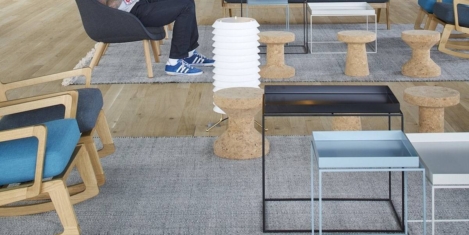November 23, 2016
Gender earnings gap in tech sector is significantly higher than national average 0
 The high tech sector may pride itself on offering some of the most attractive and modern workplace environments, but when it comes to equal parity between the sexes it seems out of date. New research from Mercer claims that at 25 percent, the gender earnings gap in the UK’s high tech sector is significantly higher than the national average (18 percent). The consultancy also found that small companies have the largest gap, with a 30 percent difference in (median) pay between all male and female employees, and a 26 percent gap when considering mean base salaries. This difference reduces as company sizes grow. Where the data allowed comparison of pay between women and men in equal job roles, the pay gap was much smaller, typically 8 percent. This is comparable to the UK norm of 9 percent for this type of analysis. The reasons for this gap is due on further analysis to a multitude of factors including the reluctance of many women to enter the tech field, not enough effort being put into promoting women and a lack of will in promoting flexible working patterns.
The high tech sector may pride itself on offering some of the most attractive and modern workplace environments, but when it comes to equal parity between the sexes it seems out of date. New research from Mercer claims that at 25 percent, the gender earnings gap in the UK’s high tech sector is significantly higher than the national average (18 percent). The consultancy also found that small companies have the largest gap, with a 30 percent difference in (median) pay between all male and female employees, and a 26 percent gap when considering mean base salaries. This difference reduces as company sizes grow. Where the data allowed comparison of pay between women and men in equal job roles, the pay gap was much smaller, typically 8 percent. This is comparable to the UK norm of 9 percent for this type of analysis. The reasons for this gap is due on further analysis to a multitude of factors including the reluctance of many women to enter the tech field, not enough effort being put into promoting women and a lack of will in promoting flexible working patterns.







































November 25, 2016
Workplace professionals should look to the consumer sector for boosting engagement 0
by Jeff Flanagan • Comment, Facilities management, Workplace, Workplace design
More and more businesses are recognising the power of the workplace experience to drive employee performance and engagement. Global brand Airbnb, for example, has now renamed its head of human resources as “chief employee experience officer.” This is good news for workplace design and management professionals. We are well placed to capitalise on this shift in business opinion, but if we want to make a tangible impact, we need to bring practical solutions to the table. First and foremost, these need to be backed up by research. There have been few studies specifically into what makes a healthy and productive work environment. However, there are a number of research projects that examine how a human being’s surroundings impact their mood and behaviour, and in particular how consumer environments shape customers’ perception of and engagement with a brand. As workplace professionals, we can learn a great deal from this consumer research and this is why workplace design and management teams should look towards consumer-facing industries for inspiration.
More →